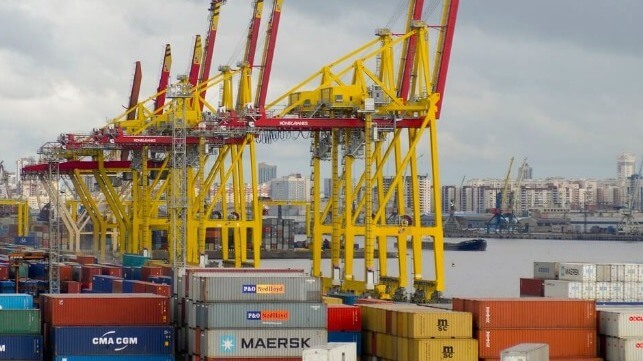Staff Writer | May 5, 2024 |
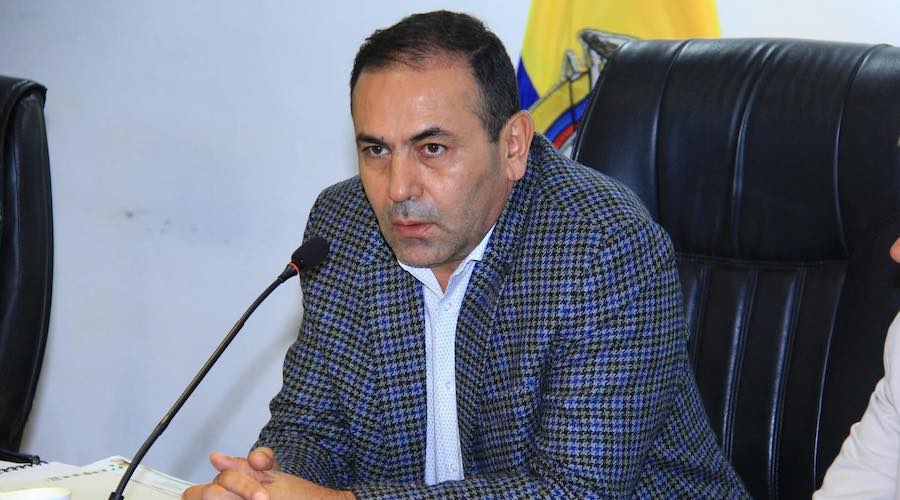
Santander Governor Juvenal Diaz. (Image by Díaz press team, Facebook.)
The governor of Colombia’s central-northern department of Santander, Juvenal Díaz, has denounced the presence of members of the Gulf Clan, also known as the Gaitanista Army of Colombia (EGC), in the Santurbán moor.

The EGC is a neo-paramilitary group and likely the country’s largest drug cartel, which was created after the demobilization of the United Self-Defense Forces of Colombia. Their presence in Santander is meant to control illegal gold mining operations.
According to Díaz – a retired army general turned politician – the criminals are not only taking over the area but also polluting water sources.
“We have asked the National Army to establish a presence there,” the governor said during an interview with local media. “Now, we have to raise people’s awareness so that they report any irregular activities because these groups start taking over the mines and create deaths and displacements. We don’t want that.”
Díaz also said he is committed to protecting the moor – known as páramo in Spanish – as mining has been forbidden in the area since 2011.
“As governor, I have said that I will be the first defender of the water and the moors in this department. There cannot be mining here. I am committed to the promise that helped me win the elections, which focused on prioritizing the environment in tandem with human well-being.”
The Santurbán moor is a protected area of the Andes mountains. It is covered with subalpine forests above the continuous tree line but below the permanent snow mark, where water is naturally stored during the rainy season and released during the dry season.
It is also the area surrounding the $1.2-billion Soto Norte gold project, presented by the Sociedad Minera de Santander (Minesa), a company owned by the government of Abu Dhabi through its investment arm Mubadala Investment Company. The proposal was shelved in 2020 by Colombia’s National Authority of Environmental Licences, under the argument that there were too many unanswered questions in Soto Norte’s environmental impact assessment and follow-up documentation submitted by Minesa.
The boundaries of Santurbán also needed to be reviewed. According to Colombia’s Constitutional Court, there wasn’t a clear and transparent consultation process with local communities when the boundaries were first established. Thus, their rights to a healthy environment and clean water could be at risk if mining and similar activities were allowed in surrounding areas.
In 2019, the Ministry of Environment was tasked with setting the boundaries, but according to the Attorney General’s Office and the Ombudsman’s Office, this process has been continuously delayed without explanation.
The lack of proper delimitation paired with the ban on industrial mining has allowed small-scale, generally irregular operations to sprout.

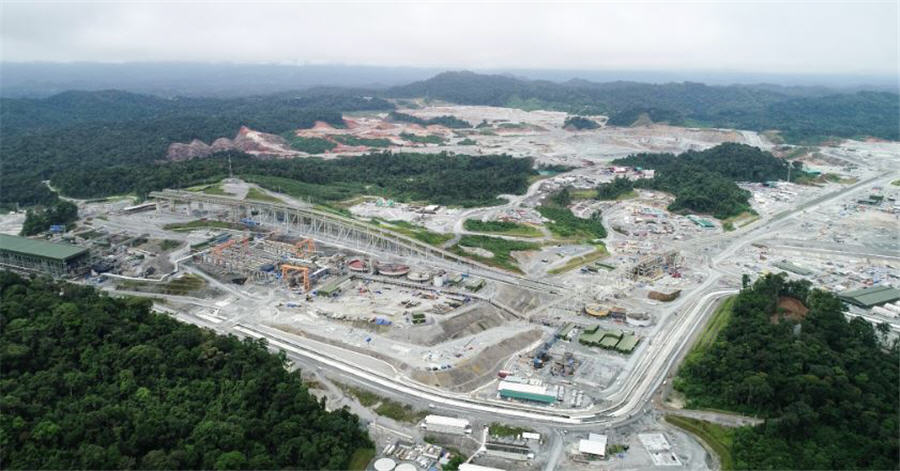
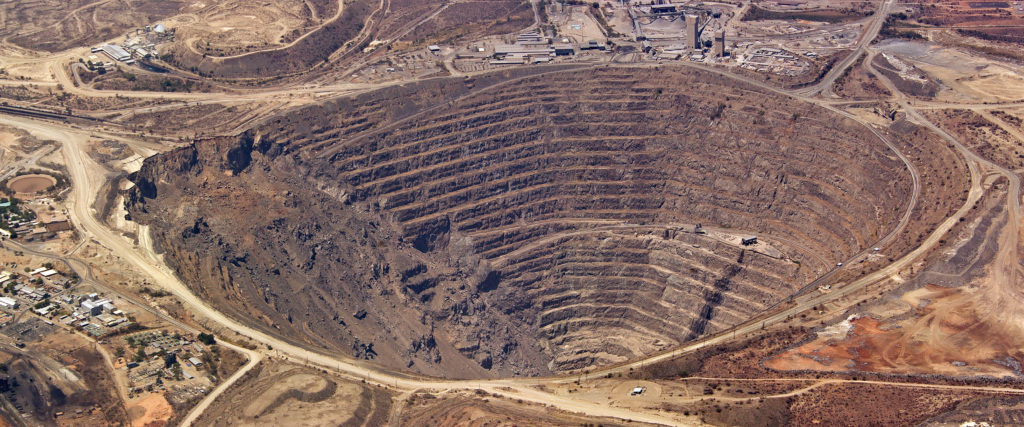
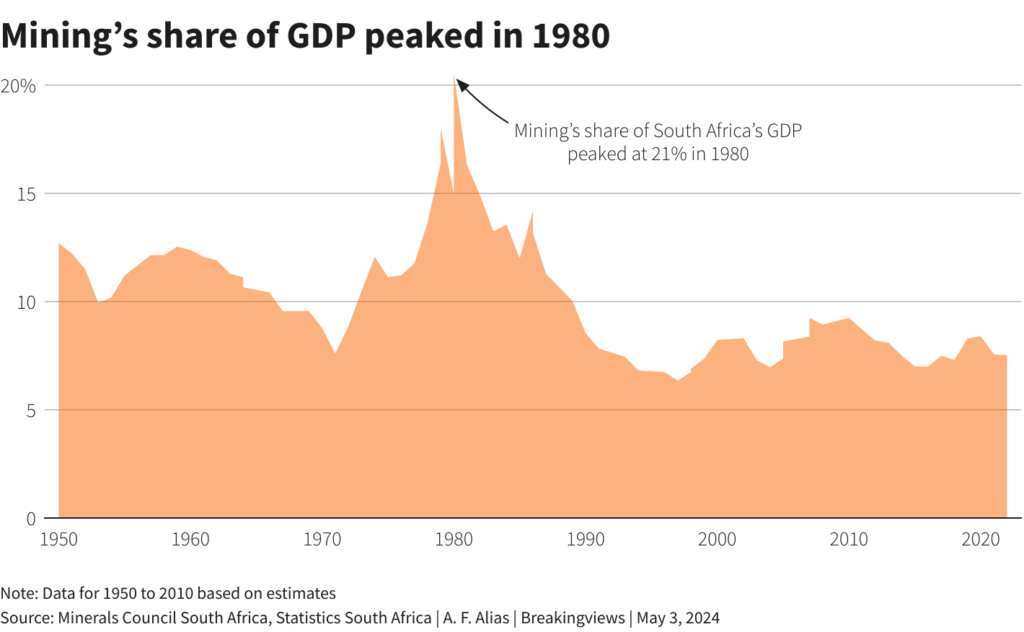
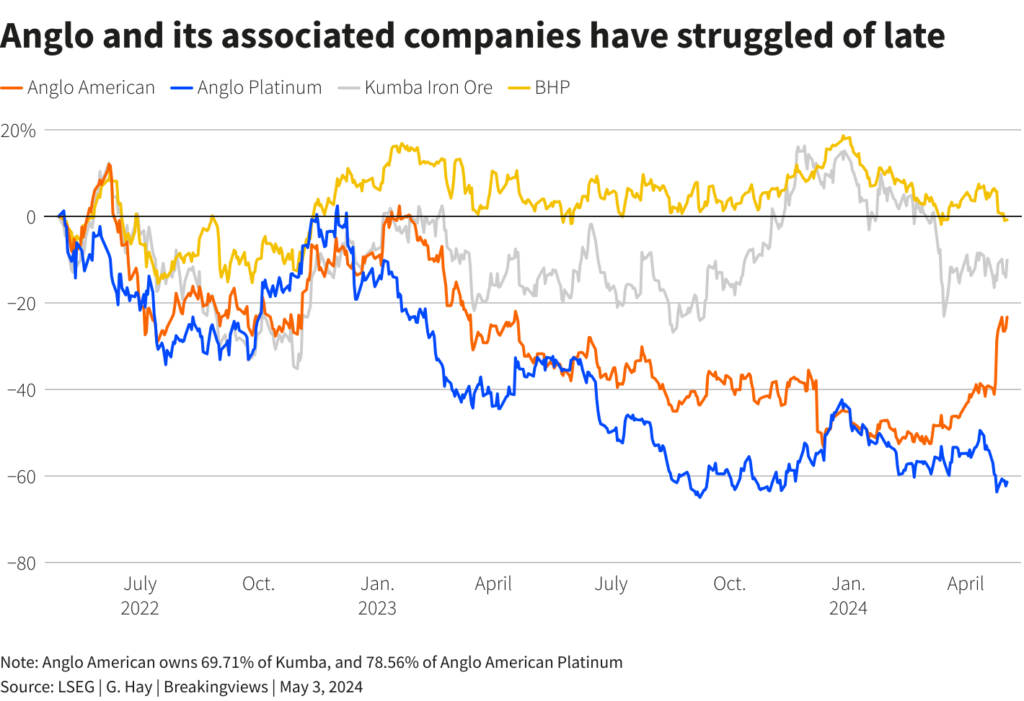
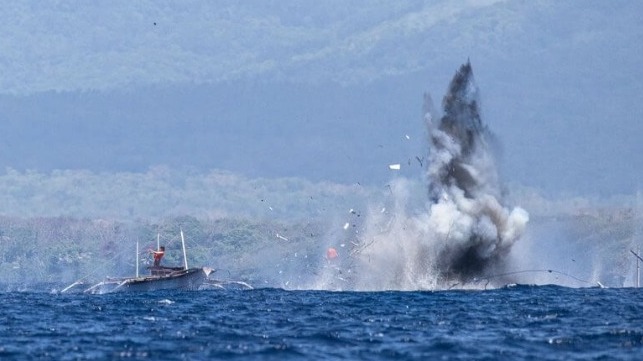




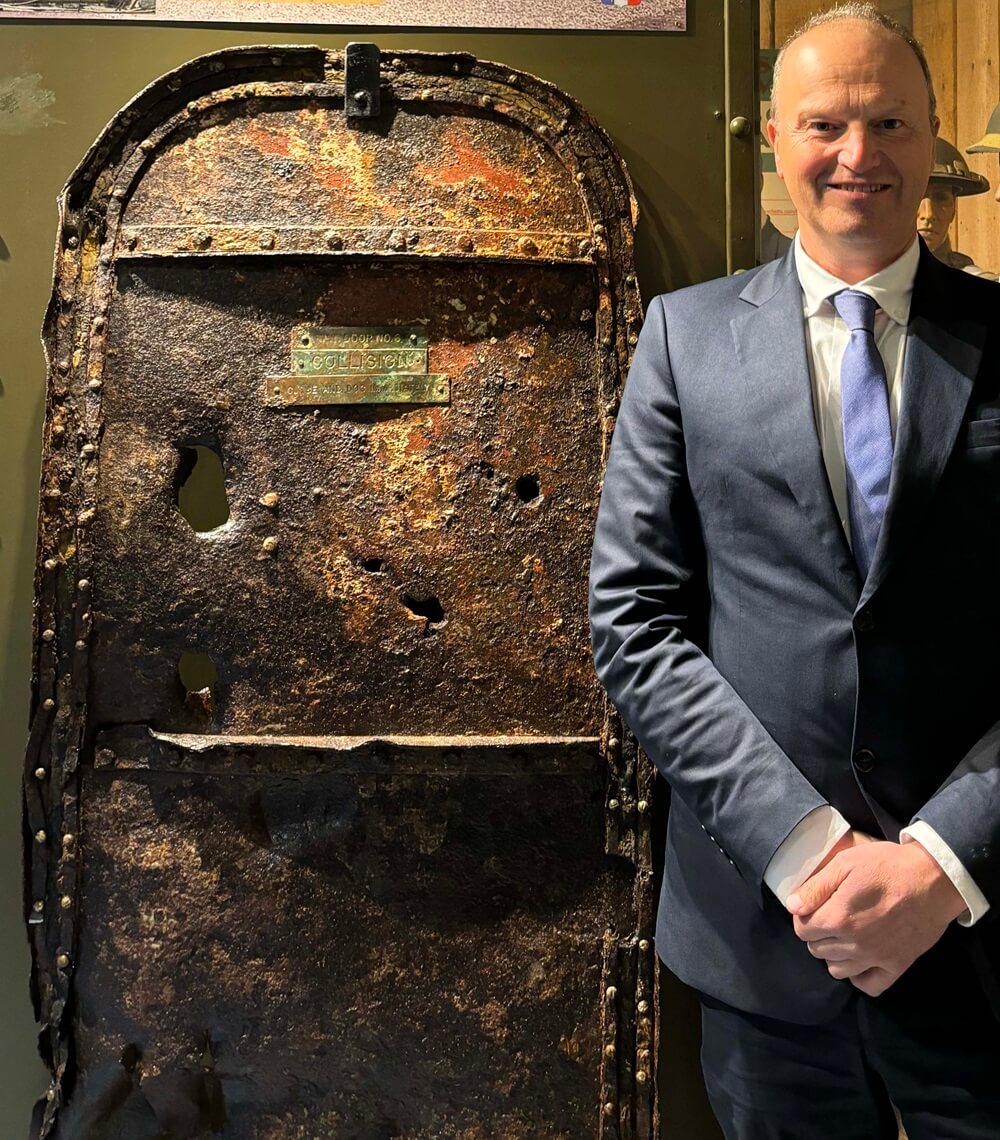
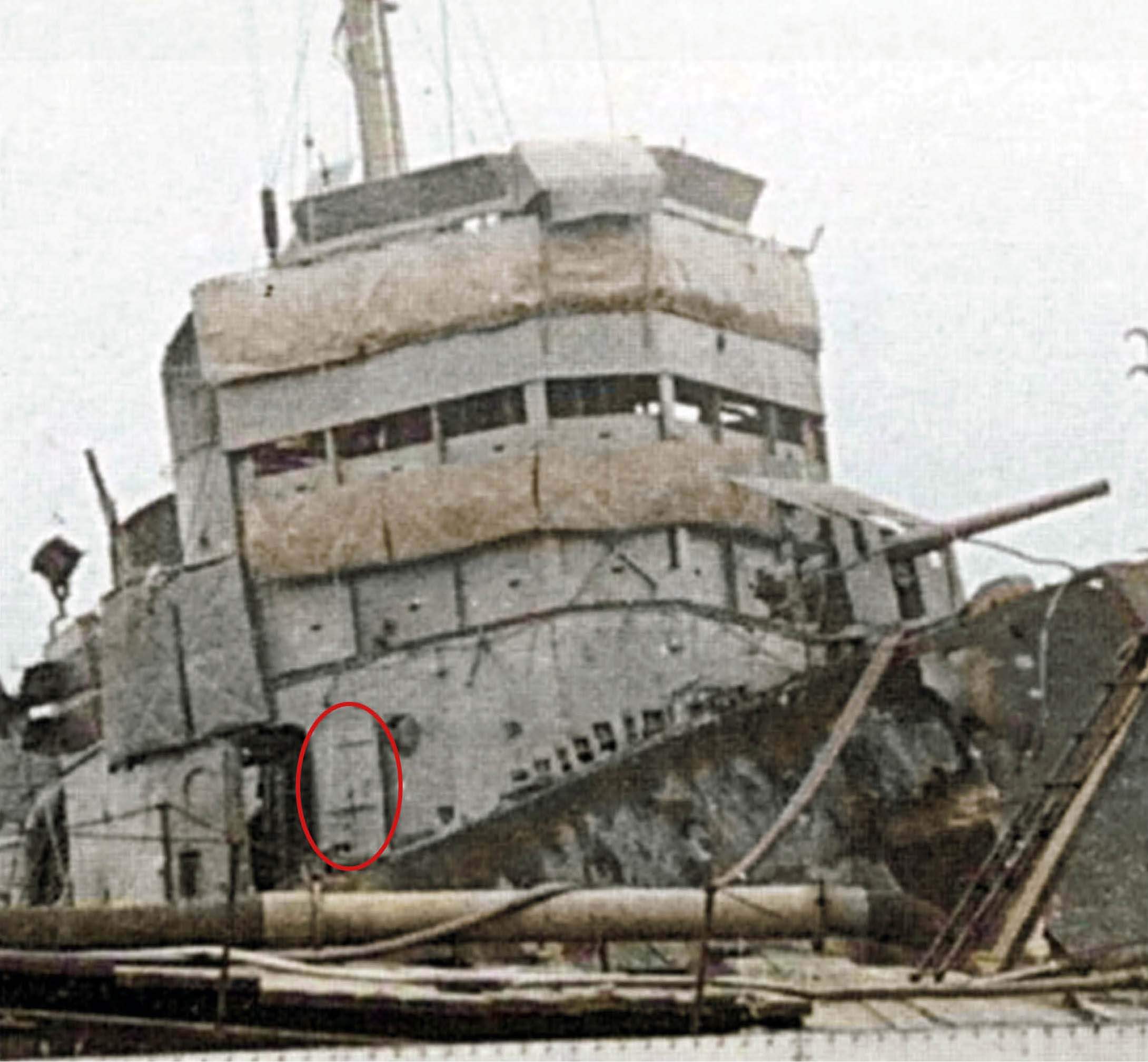 The exterior bulkhead No. 6 hatch, circled in red (Royal Navy)
The exterior bulkhead No. 6 hatch, circled in red (Royal Navy)